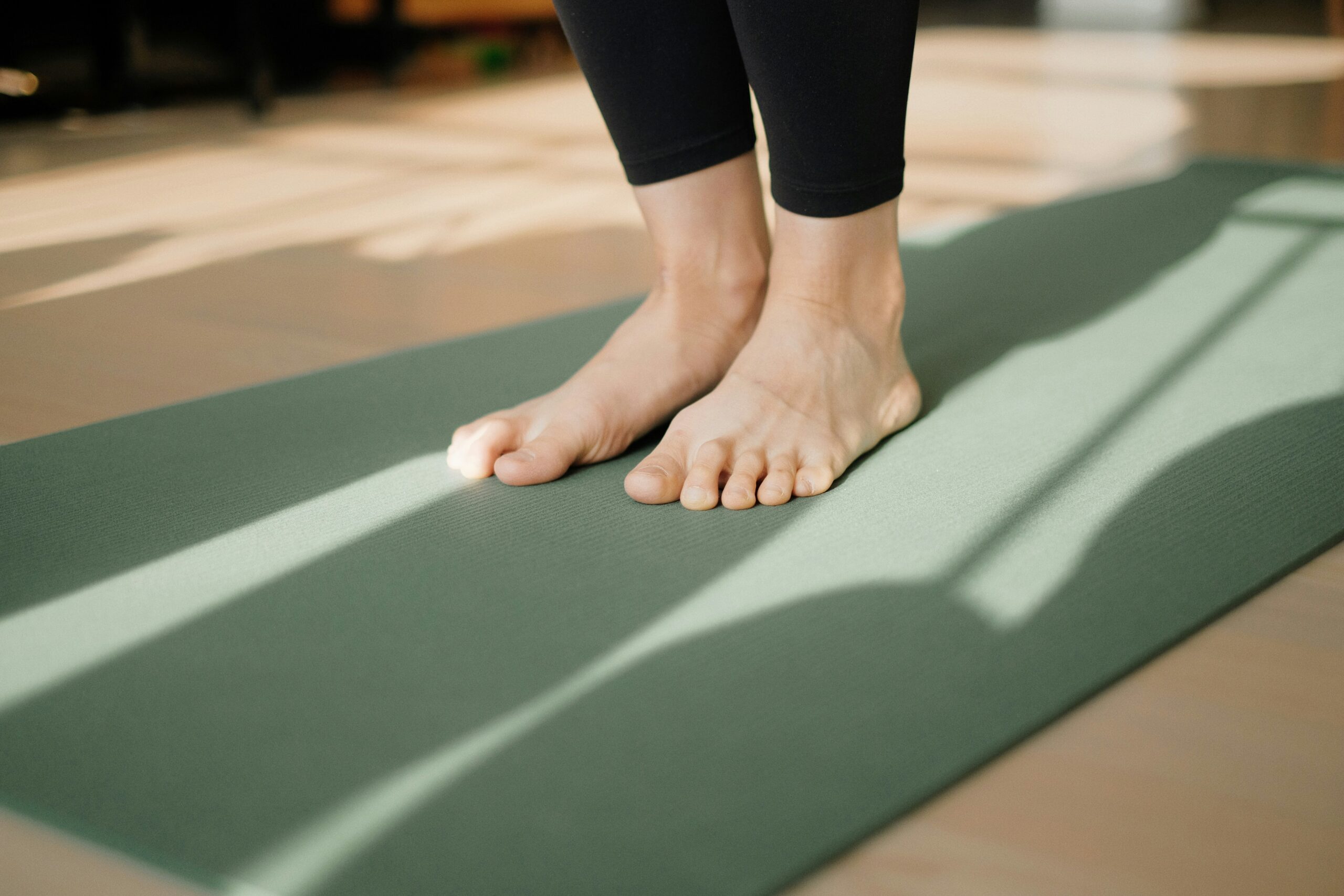Ever felt like your brain is a browser with 30 tabs open, all playing loud videos at once? That’s stress. But here’s the kicker: it doesn’t have to be this way. Enter Mindful Breaks, the unsung hero of mental wellness. Today, we’re diving deep into why taking mindful breaks matters, how stress management apps can help, and what you can do to reclaim your chill.
In this guide, you’ll learn:
- What mindful breaks are and why they’re crucial for stress relief.
- How to use stress management apps effectively.
- Tips to make mindful breaks part of your daily routine.
Table of Contents
- Key Takeaways
- Why Stress Hates Mindfulness (and What You Can Do About It)
- Step-by-Step Guide to Taking Mindful Breaks
- Top Stress Management Apps for Mindful Breaks
- Pro Tips to Make Mindful Breaks Stick
- Real-Life Success Stories
- FAQs About Mindful Breaks
- Conclusion
Key Takeaways
- Mindful breaks reduce cortisol levels and improve focus.
- Stress management apps provide guided exercises for mindfulness.
- Taking short, intentional pauses boosts productivity and creativity.
- The key is consistency—not perfection.
Why Stress Hates Mindfulness (and What You Can Do About It)

Let’s talk about that one time I tried meditating during a work deadline—and ended up checking emails every three seconds. Yep, I bombed harder than an unprepared barista on National Latte Day. But guess what? Even five minutes of sitting quietly helped me regroup faster than scrolling through memes ever could.
Stress isn’t just annoying; it’s toxic. Chronic stress leads to elevated cortisol levels, which wreak havoc on everything from sleep quality to immune function. Mindfulness combats this by activating your parasympathetic nervous system—the “rest and digest” mode.
Here’s How Stress Works Against You:
- Spike in cortisol = increased anxiety.
- Reduced focus = errors pile up.
- Poor sleep = no energy for tomorrow’s chaos.
Optimist You says: “Start small! Just breathe deeply for 60 seconds.”
Grumpy You responds: “Easy for you to say…but okay, fine.”
Step-by-Step Guide to Taking Mindful Breaks

Taking mindful breaks doesn’t mean you need to climb Mount Everest or move to Bali. Here’s how to start today:
Step 1: Choose a Trigger
Pick something predictable—like finishing a task or hitting the mid-afternoon slump—as your cue to pause.
Step 2: Set a Timer
Even two minutes count. Use your phone alarm or a stress management app to time yourself.
Step 3: Focus on Your Breath
Breathe in for four counts, hold for four, exhale for six. Repeat until you feel calmer—or less stabby.
Top Stress Management Apps for Mindful Breaks
If you think using apps sounds gimmicky, well, fair enough—but they actually work wonders if used correctly. Here are my favorites:
Calm
Best For: Short meditations tailored to workplace stress.
Headspace
Best For: Guided breathing exercises and bedtime stories for insomniacs.
Oura Ring App
Best For: Tracking recovery metrics like heart rate variability.
Pro Tips to Make Mindful Breaks Stick
- Pair breaks with activities you already enjoy, like sipping tea or stretching.
- Avoid multitasking—even during breaks!
- Don’t overthink it. Imperfect breaks > no breaks.
Real-Life Success Stories
Jessica, a freelance writer who swore she didn’t have *time* for mindfulness, cut her burnout symptoms in half after dedicating ten minutes each morning to journaling via the Reflectly app. Proof? Sometimes the best hacks are embarrassingly simple.

FAQs About Mindful Breaks
Do mindful breaks really work?
Yes, studies show they lower stress hormones and enhance cognitive performance.
What if I fall asleep during a break?
Well, hello power nap! If anything, your body needed rest more than mindfulness.
Can I practice mindfulness without apps?
Absolutely. Apps are tools, not crutches. Breathe. Walk. Be present.
Conclusion
Mindful breaks aren’t revolutionary—they’re essential. By embracing them—and possibly enlisting some stress management apps—you give yourself permission to slow down, even when life feels chaotic. Grumpy optimists unite!
Like a Tamagotchi, your mental wellness requires regular care. Don’t neglect it.


